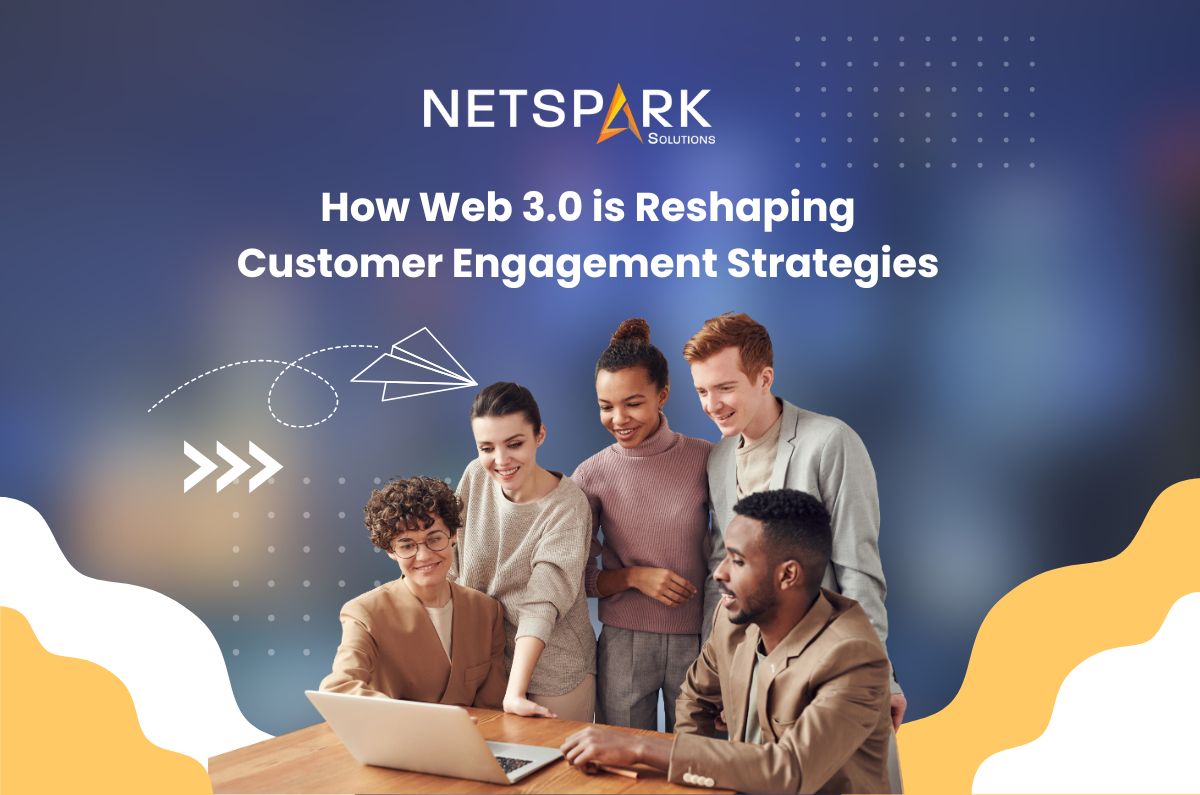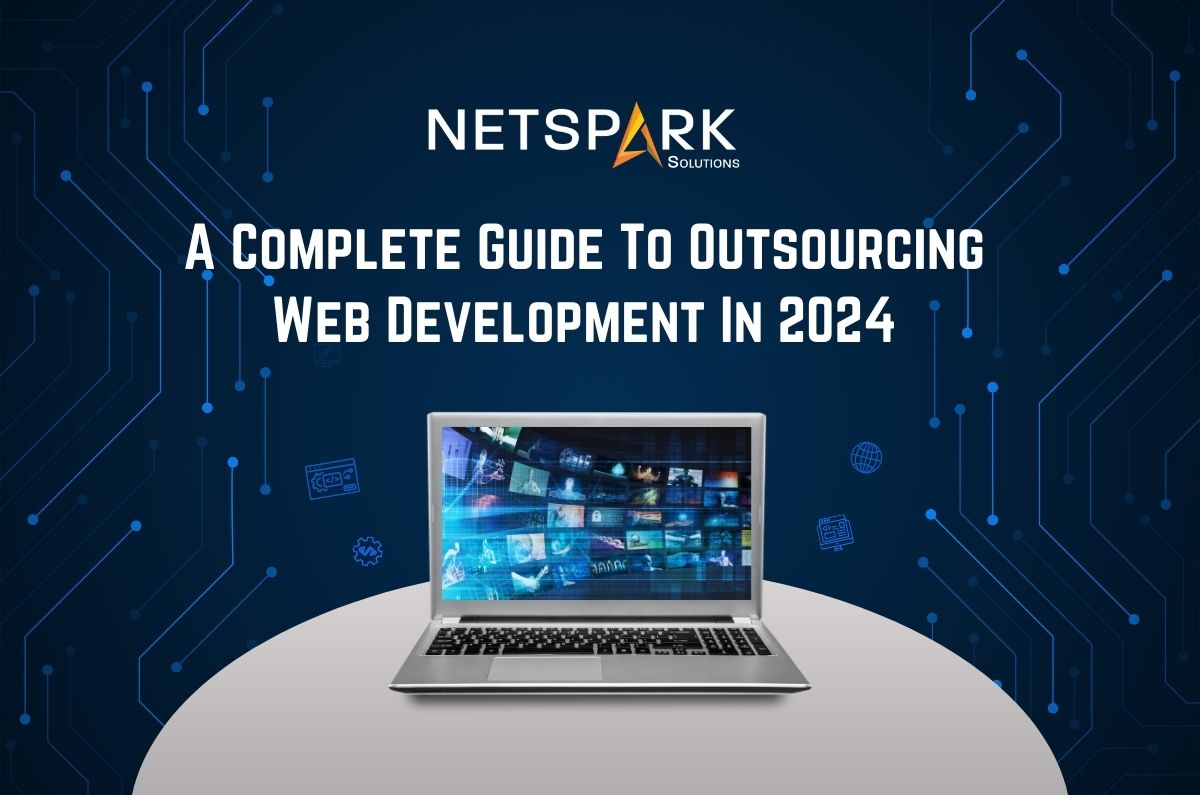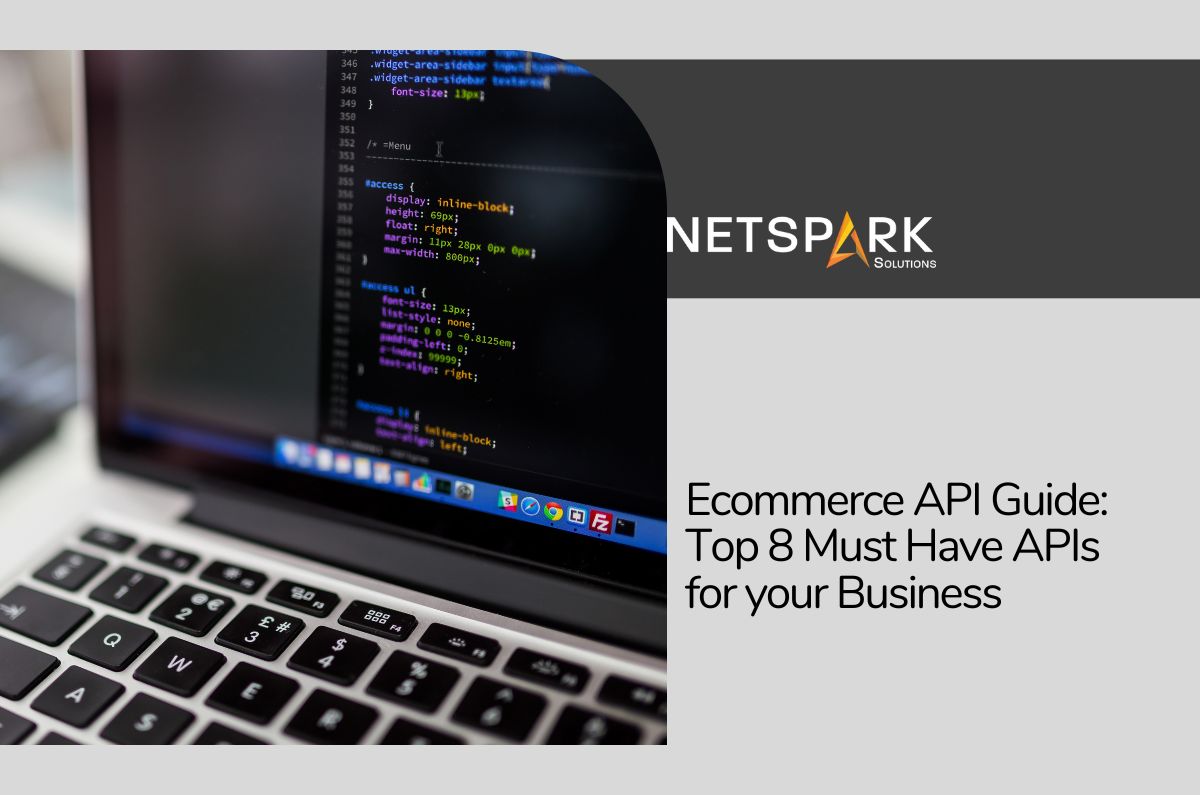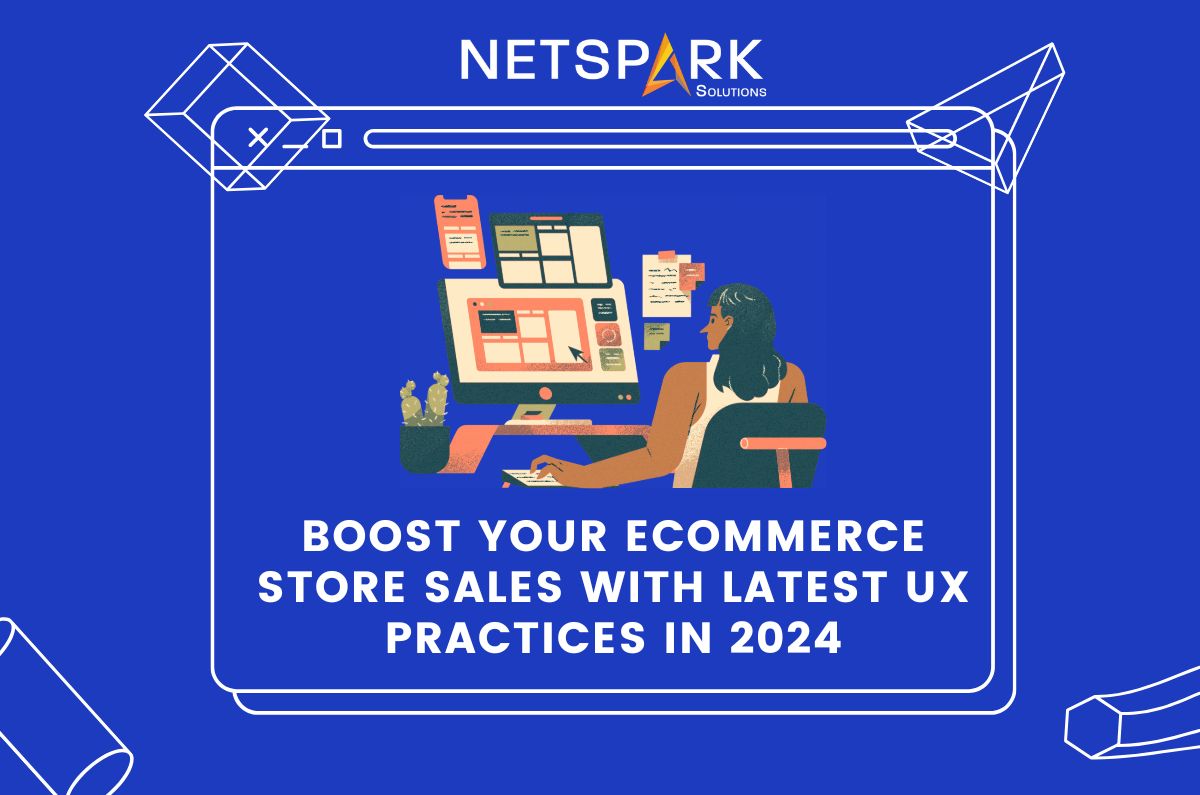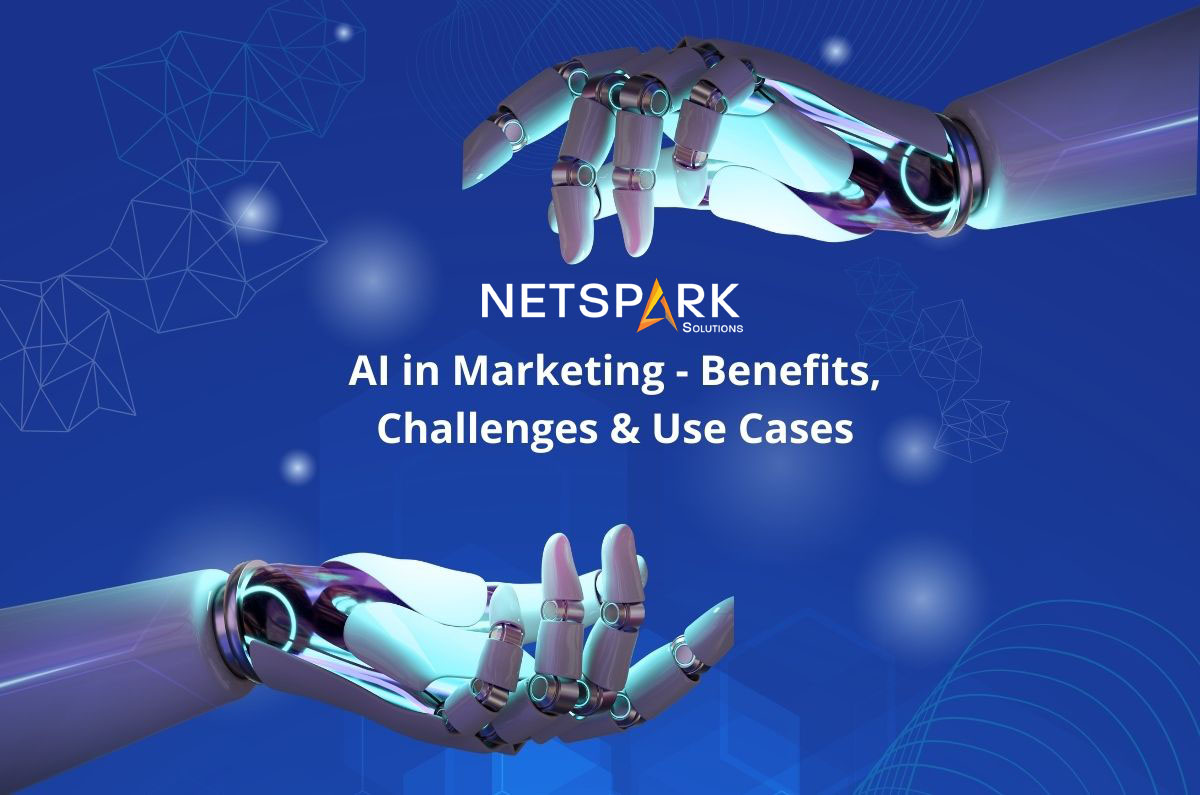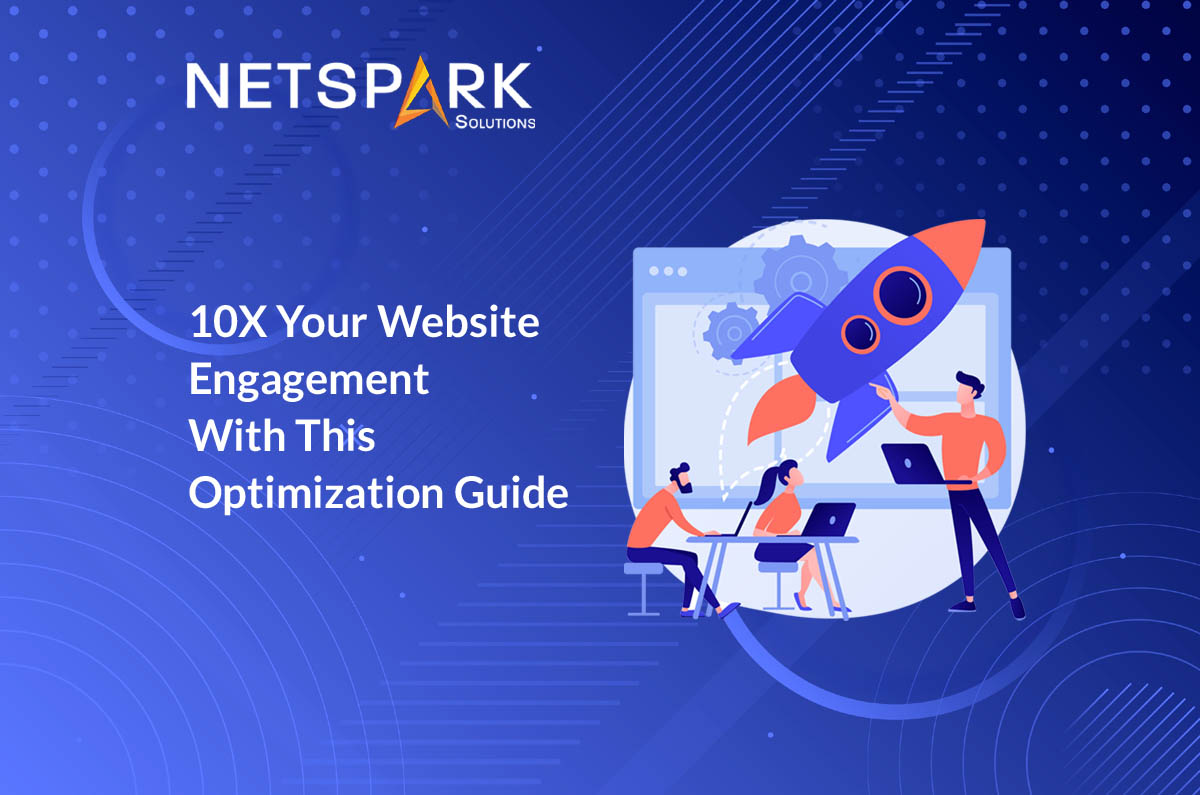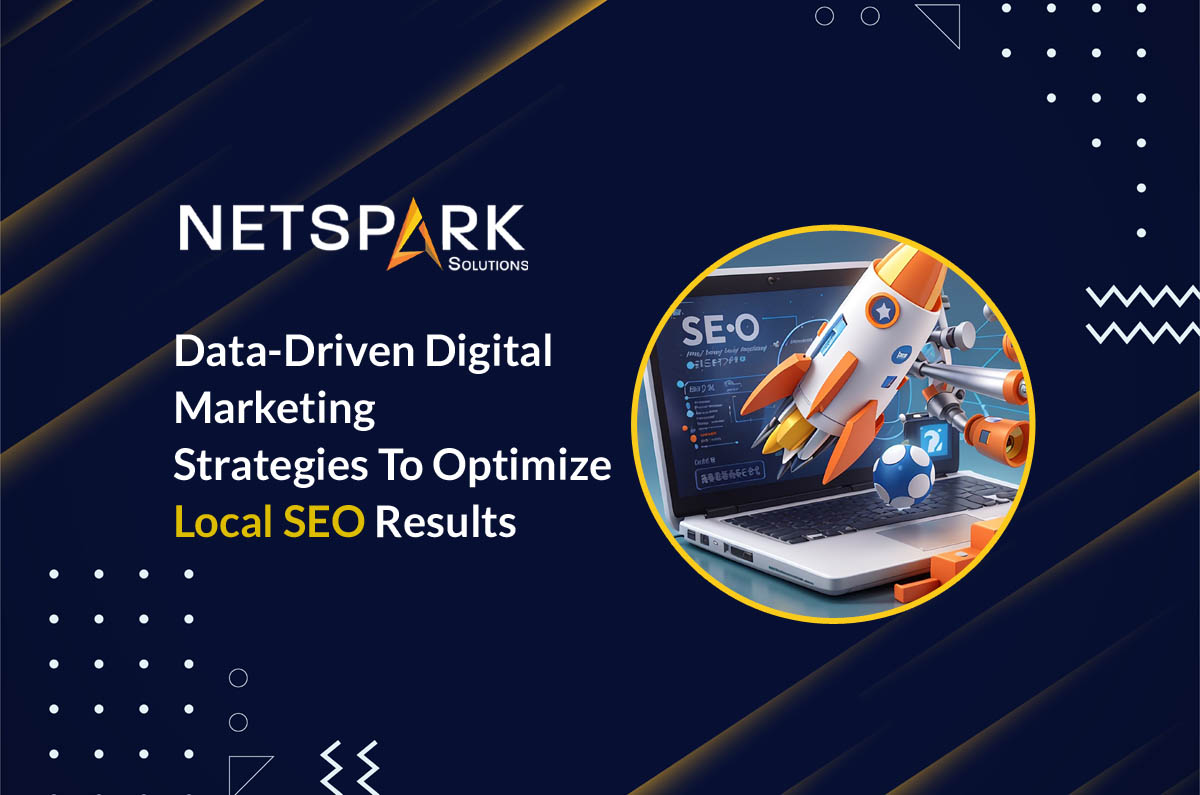Are you planning to start your own ecommerce store?
If yes, then well, Congratulations!
You are about to embark on a journey that’ll give you the opportunity to become a part of one of the biggest and most profitable industries in the world.
But, before you get your hopes high and start celebrating, we would also like to point out that the e-commerce market is highly competitive and 90% of the e-commerce startups end up failing within the first 120 days of their operations. Why? Well, mainly because many merchants think of running an online store as a “set-it-and-forget-it” business model – which obviously isn’t the case at all.
The truth is, starting an ecommerce brand is just like running a marathon. To stay in the race and win it at the end, you’ll have to maintain a decent pace and keep running in the right direction. The moment you slow down and start taking things lightly, your sales will go down that’ll automatically result in the failure of your brand.
One of the most important factors that’ll help you avoid failure is familiarising yourself with the mistakes that have shut down other ecommerce stores in the past. Whether you are planning to hire a dedicated e-commerce web development company or execute DIY development, if you are familiar with these mistakes, you’ll be able to tackle unexpected roadblocks more effectively.
So, in today’s guide, we are going to introduce you to some of the most common development mistakes so that you can design a well-planned development strategy and build a successful ecommerce brand.
E-commerce Development Mistakes Every Startup Must Avoid
1. Building a Custom CMS By Yourself
Here’s the deal!
Building a custom CMS (Content Management System) gives you more flexibility and also makes it easier to customize your store for better engagement. But, constructing a CMS is not a piece of cake, especially when you don’t have a team of professional developers by your side.
Building a custom CMS from scratch can easily backfire and damage the entire user experience for the customers. Not to mention, if you don’t know what you want to achieve with your online store, you are most likely to integrate CMS features that’ll end up ruining the overall performance of your store.
To avoid such scenarios, it’s always a good strategy to either outsource the development task to a professional ecommerce web development company or use one of the e-commerce platforms like Magento and Shopify.
2. Failing to Understand Your Target Audience
If your goal is to build a successful ecommerce brand, you must understand the difference between “starting an online store” and “starting an online store that attracts buyers”. While it may seem a bit confusing at first, both these terminologies have a huge difference. With wide availability of e-commerce platforms, anyone can build and launch an ecommerce store within hours these days.
But, having an online store does not guarantee sales. In order to build a sales-driven online shop, you must understand your customers’ shopping preferences and devise a custom development plan accordingly. If you know the audience demographics, it’ll be much easier to decide what products would bring the highest revenue.
Moreover, this will also help you define the design scheme for your store so that you can keep the shoppers engaged throughout their shopping journey. So, before everything else, hire a professional consultant to run comprehensive market research and define your target audience to start sailing in the right direction.
3. Undervaluing Security
Security is one of the biggest concerns for any merchant setting up an online shop. Why? Because the online retail industry encounters the highest number of cyberattacks every year.
Due to the wide availability of ecommerce websites, it’s much easier for attackers to find stores with compromised security mechanisms and target their personal information for financial gain. As an ecommerce merchant, you must priortize your website’s security over everything, mainly because your customers’ personal details are also at stake.
If you don’t provide the desired security, you’ll fail to gain long-term customers and also ruin your brand’s reputation in the market. Now, while there are different ways to secure an e-commerce store, implementing a digital SSL certificate is the most basic thing you can do to get started.
An SSL certificate adds an additional security layer and establishes encrypted communication every time your website connects to the server. Consequently, this restricts unauthorized access and ensures hackers could not steal any information from your store.
Apart from an SSL digital certificate, you would also need a fully encrypted payment gateway that boasts advanced security mechanisms to allow users to process secure transactions while keeping their banking details safe from any cyber attack.
4. Choosing the Wrong Ecommerce Platform
As of today, the market is stacked with a variety of ecommerce platforms and each one of them is tailored to resolve a specific purpose. While some ecommerce platforms are desired to provide basic functionality to run a single-page online shop, others provide add-ons and extensions to build full-scale e-commerce shops with various features.
Choosing the right ecommerce platform will be the most critical decision of the entire development cycle as it’ll decide the future of your brand. Instead of rushing into the decision, do your due diligence and compare different available options to make the right decision.
If you are just getting started and don’t have the required expertise, you can also consult a professional ecommerce web development company to choose the most suitable ecommerce platform for your website. The experts at such companies will validate your business objectives and choose the right platform accordingly.
In any case, however, do not pick an ecommerce platform randomly as it could backfire in the long run and make it challenging to scale your business.
5. Lack of Navigation
Here’s a question – why do you shop from Amazon? Despite having a simple design, Amazon is ruling the ecommerce industry and generating billions of dollars in revenue. The reason behind this is pretty simple – Amazon is easy to navigate.
Regardless of which page you’re on, it only takes a few (2-3) clicks to reach the desired product page. There’s no unnecessary scrolling, hidden categories, or overwhelming design elements that make Amazon look cluttered.
That’s the approach you should also follow with your online store as well. If you want customers to go through the entire sales funnel, it would be important that your website is navigable.
Start by placing a navigation bar at the top of each page that contains links to all the major categories. If you are selling thousands of products, you can further divide these categories into sub-menus so that a customer could find the desired product page within seconds.
The general thumb rule says that it should only take three clicks for a customer to find a particular product in an ecommerce store. If you follow this rule, customers will less likely bounce from your website and you’ll be able to attract better revenue.
6. Not Having Guest Checkouts
Do you know that ecommerce brands lose $18 billion worth of revenue in sales every year due to cart abandonment? There are different reasons why shoppers abandon their shopping carts after adding items. However, the most prominent reason behind the high shopping cart abandonment rate is the unavailability of guest checkouts.
We understand that you want customers to provide you with their emails so that you can send them exciting offers and deals in the future.
But, not every customer has the time and patience to enter data into different fields and set up an account on your website. Instead, they’d happily leave your website behind to look for a platform that doesn’t make them go through the signup process.
To avoid this scenario and keep the cart abandonment rate low, make sure to provide customers with the option of guest check out. Even if they don’t sign up with their emails, they must be able to buy items from your store without any hassle.
7. Replicating the Design and Content of Your Competitors
As we mentioned earlier, ecommerce is one of the highly competitive verticals in the world. It means if you simply copy the design and content structure of one of your competitors, you are less likely to drive the projected sales.
Getting inspired by industry leaders is one thing, but copying their website entirely will not only ruin your brand reputation but also make it challenging to retain customers for a longer period.
Today, customers prefer shopping from platforms that provide them with something unique. The ‘uniqueness factor’ could be your biggest USP as it’ll set you apart from other sellers in the industry. Now, when it comes to finding your USP, market research will be the biggest tool to help you sail in the right direction.
Analyze your competitors’ websites and decide what you can offer differently to make your store look more compelling. This will help you drive customer attention and you’ll be able to establish a strong brand presence in the market.
8. Limited Payment Options

We are living in a digital world where technology has seeped into every aspect of our daily life. Even if people are shopping from an online store, they want the liberty to choose from different payment options so that they can complete the transaction within seconds.
And, if you are not providing them with their preferred payment method, they are most likely to drift away and look for other available options.
According to Statista, the lack of multiple payment options is among the many reasons why customers abandon their shopping carts. But, the good news is it has become much easier to provide multi-payment support on your online store.
The majority of ecommerce platforms give merchants the liberty to integrate third-party payment gateway APIs. With these APIs, merchants can easily enable multi-payment support on their online stores and let customers pay using their preferred payment method.
9. Lack of Product Descriptions
Though it’s not a development mistake, a lack of product description can also cause your potential customers to bounce back. As a merchant, you’ll have to describe each product in such a way that it becomes easier for customers to decide if they need it or not. Your product description should clearly define what’s the purpose of the particular product along with its features.
Let’s consider Amazon’s example again! If you have ever shopped on Amazon, you would probably know that each product has a respective product description that clearly explains the overall functionality of the product. This way it becomes easier for shoppers to validate the necessity of a particular product in their life.
10. Poor Product Images
Like the product descriptions, images and explanatory videos also go a long way in enhancing the shopping experience for your customers. If you want to increase your sales, having detailed product descriptions won’t be enough.
You would also have to give a visual taste to the customers so that they know how the product would look in real life. Apart from high-quality product images, make sure to add tutorial videos to help customers understand the overall installation process. These small elements will make your ecommerce store more compelling and you’ll be able to drive better sales opportunities.
Conclusion
Mistakes are an inevitable part of developing an ecommerce store. But, rather than encountering unexpected blunders in the middle of the development cycle, it would be better to understand these roadblocks in advance and mitigate them to ensure better execution. If you are not an expert, you can also partner with an ecommerce web development company like Net Spark Solutions and let our experts build a personalized ecommerce solution for your brand.



